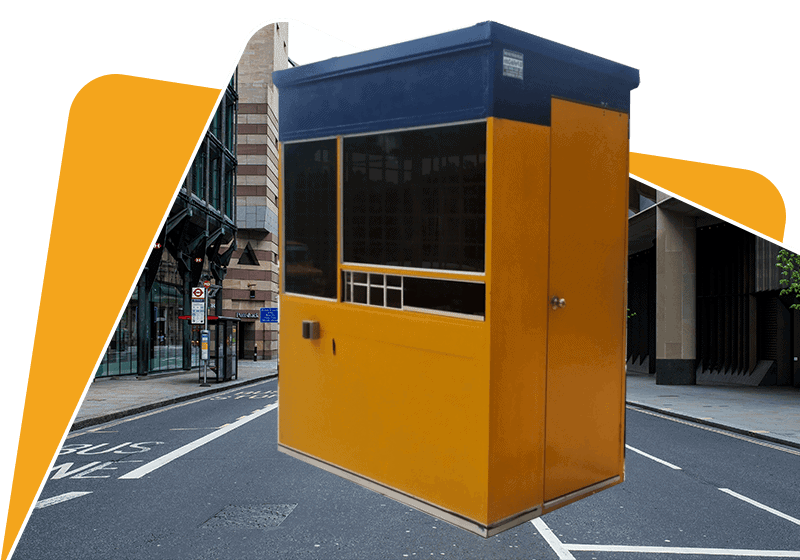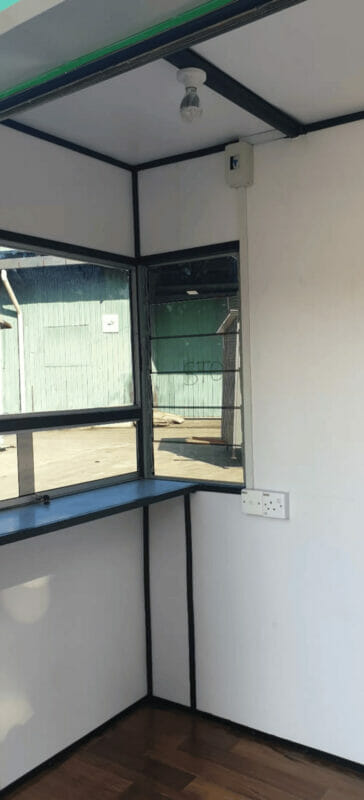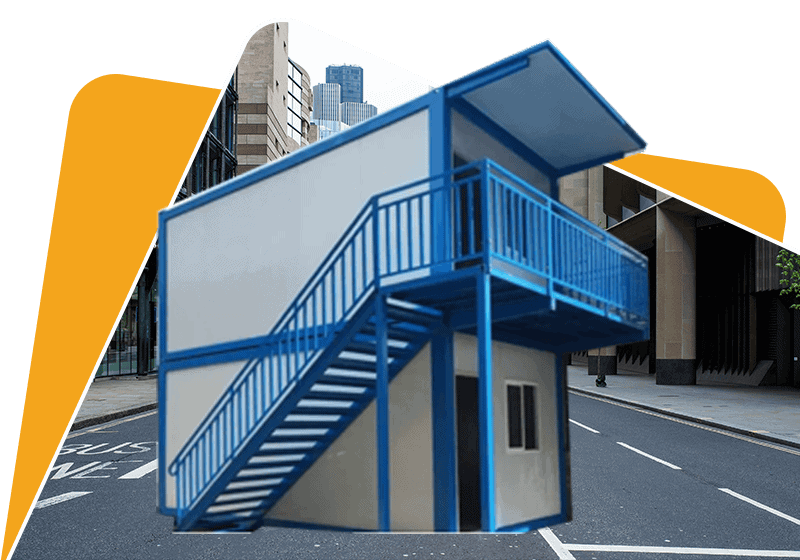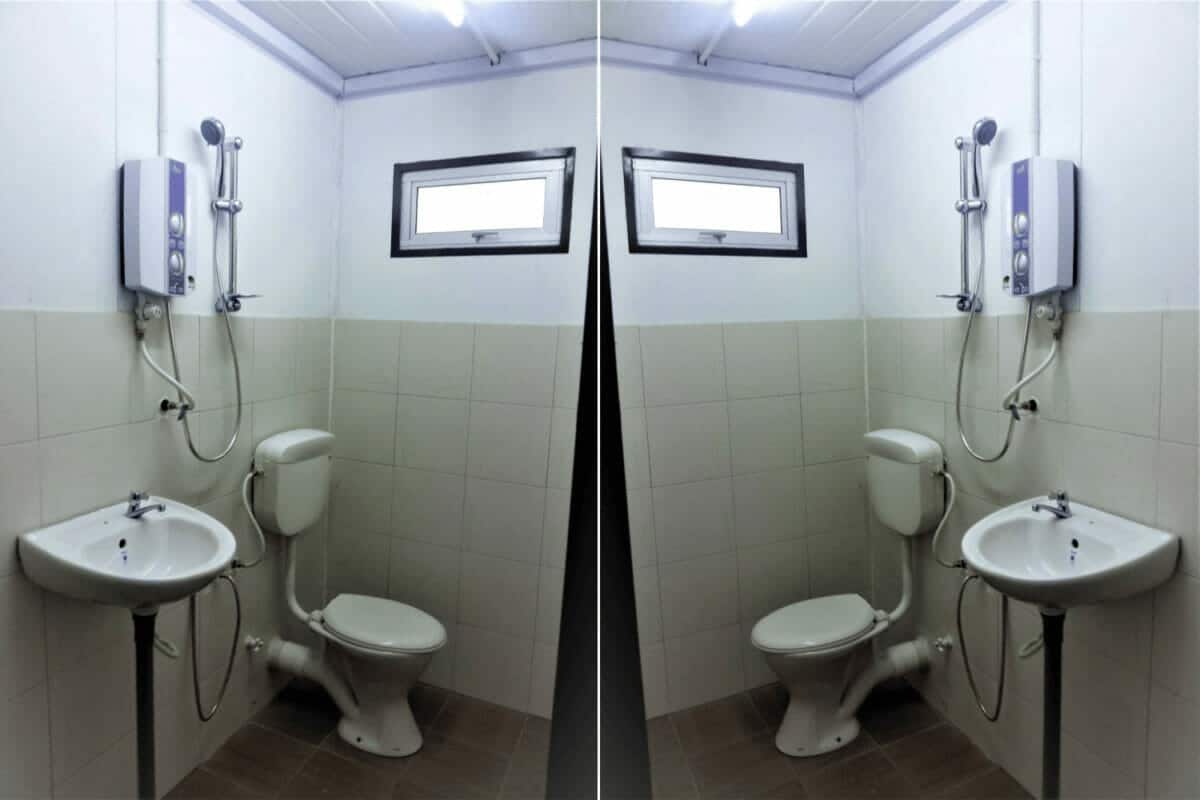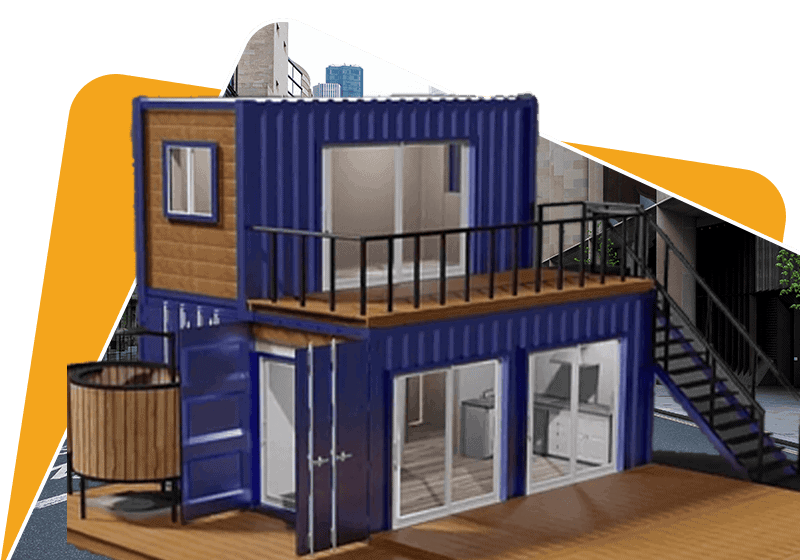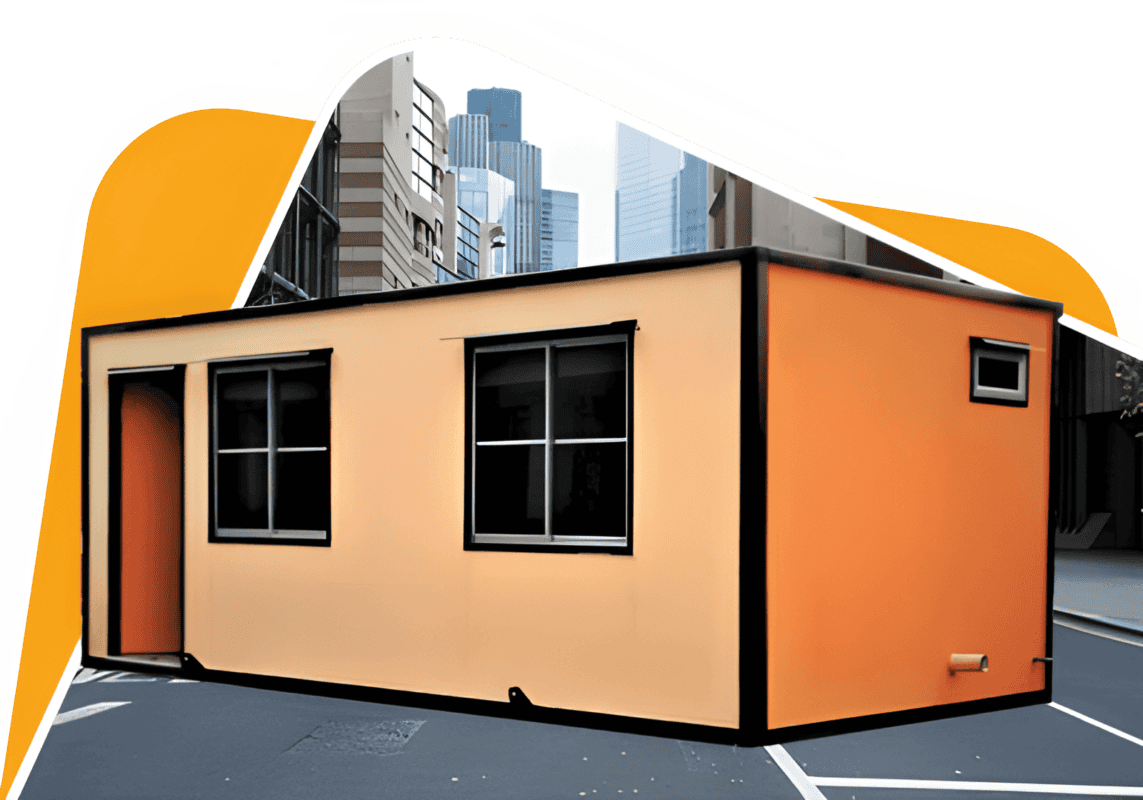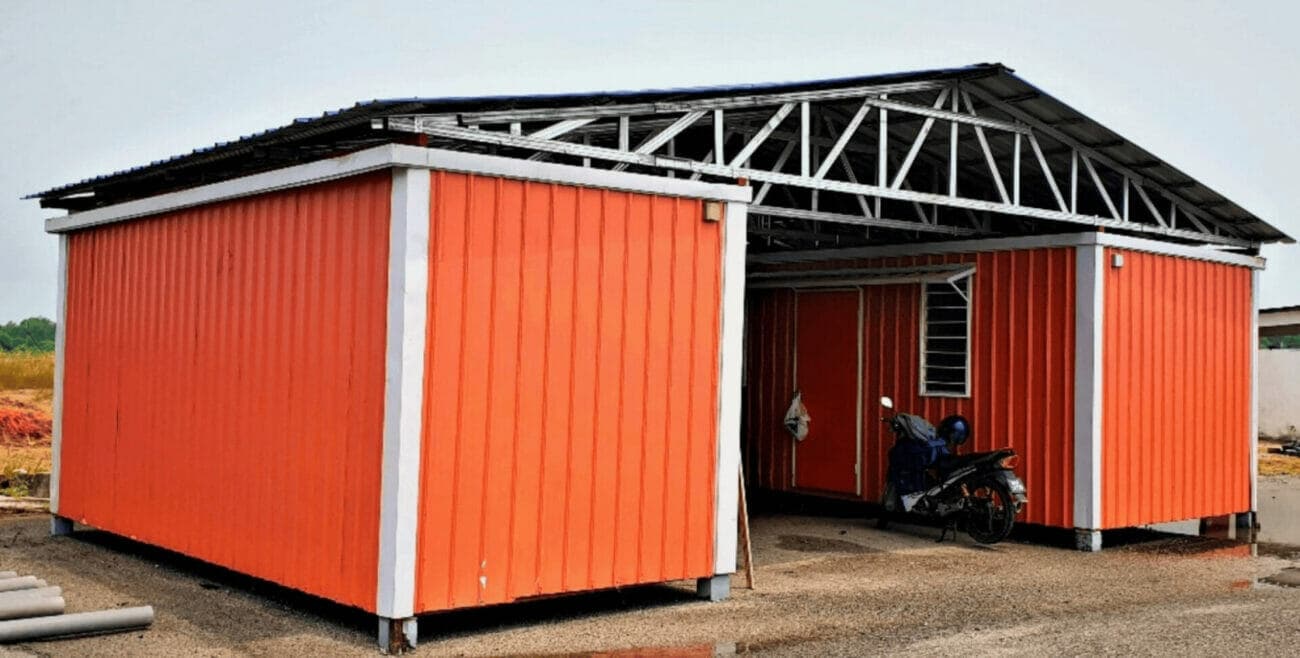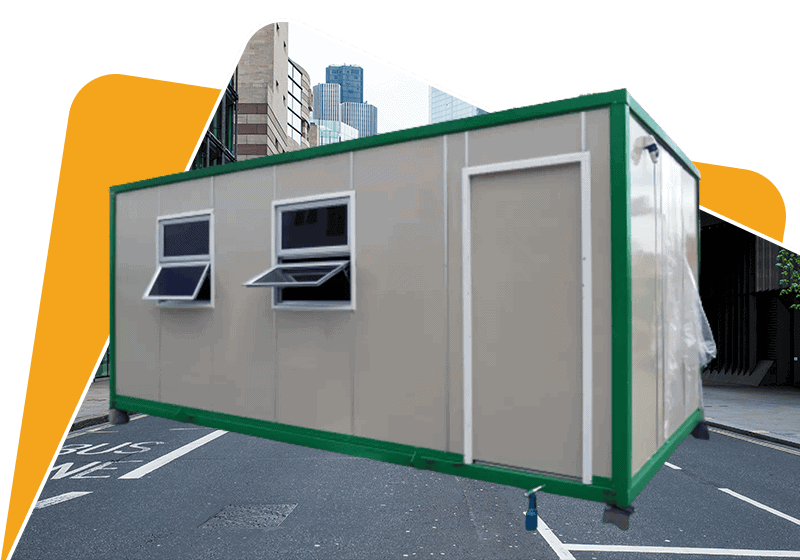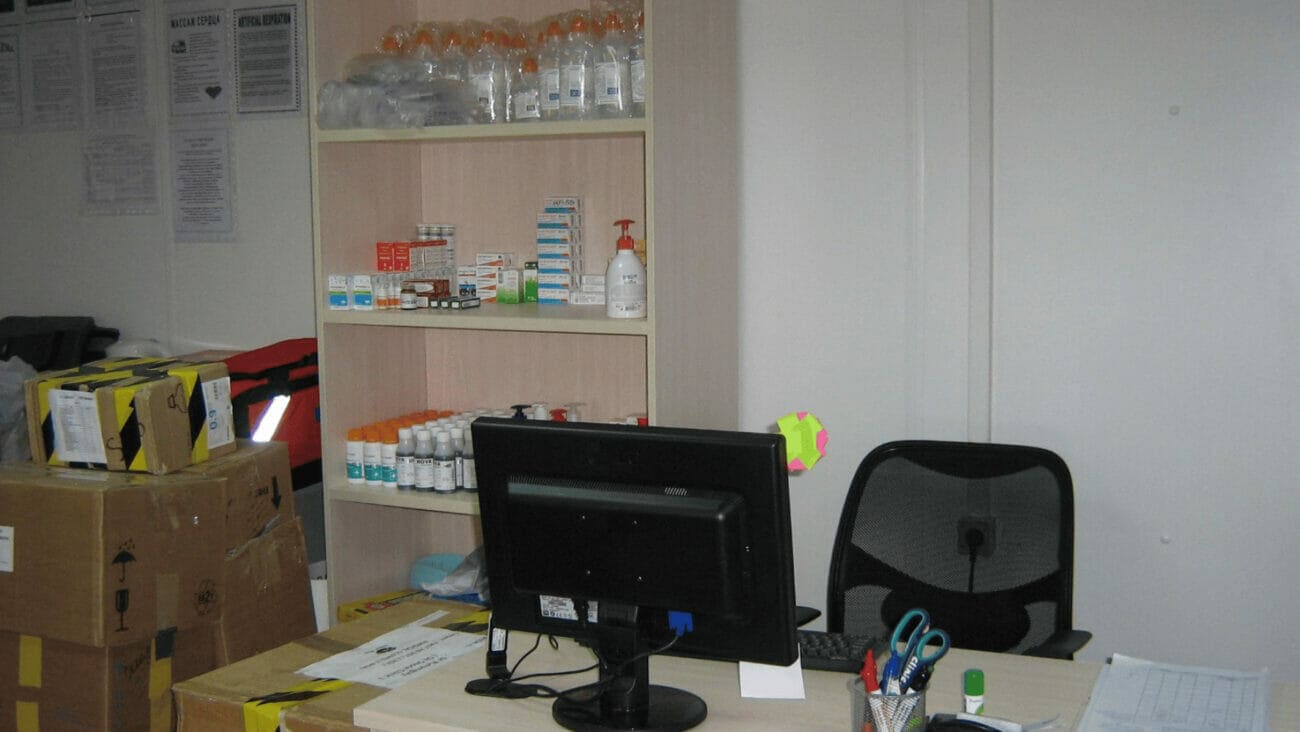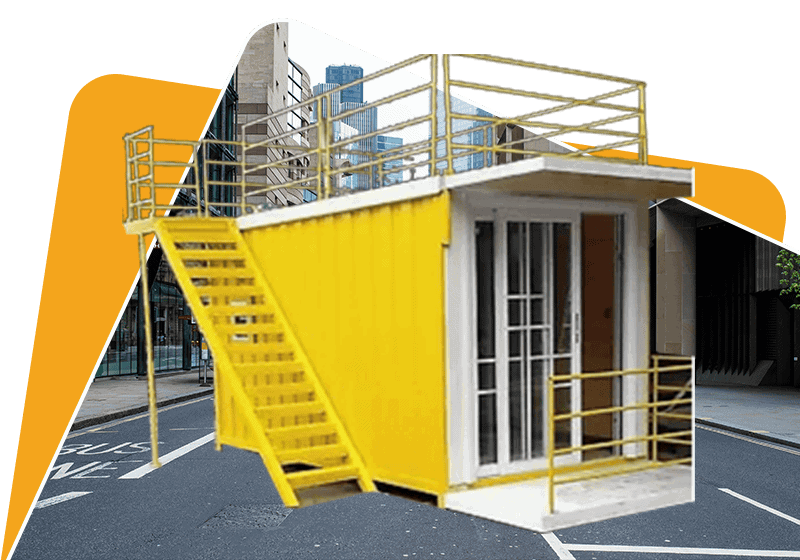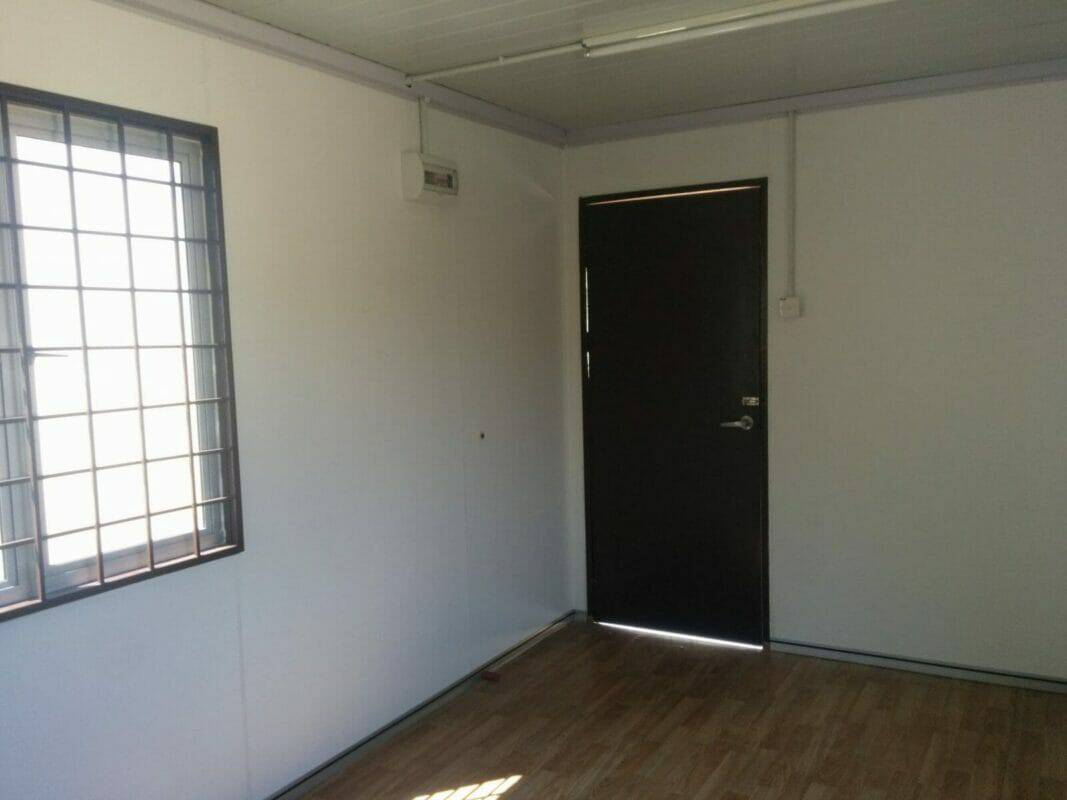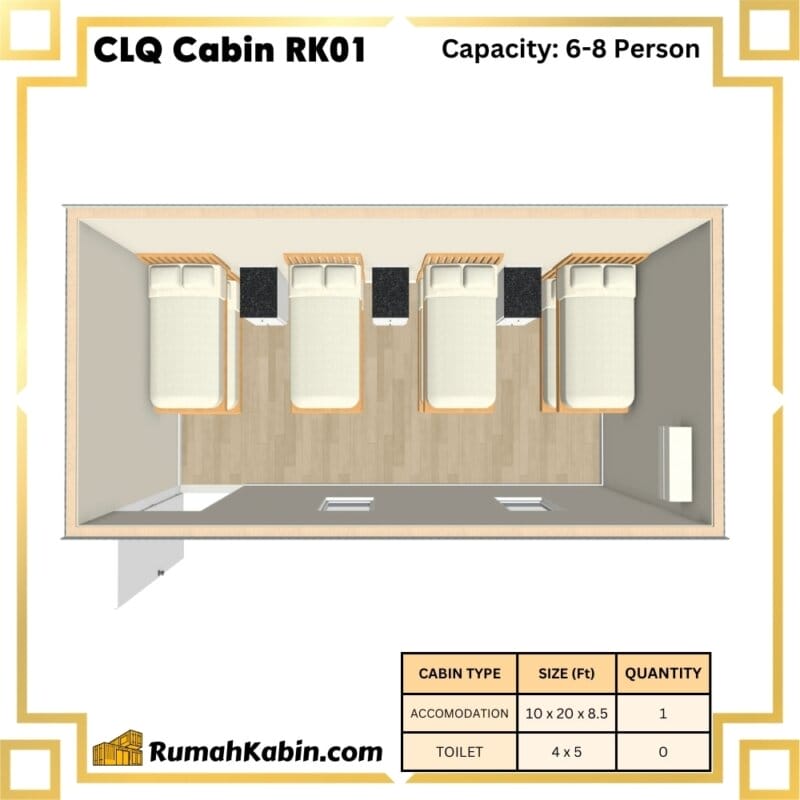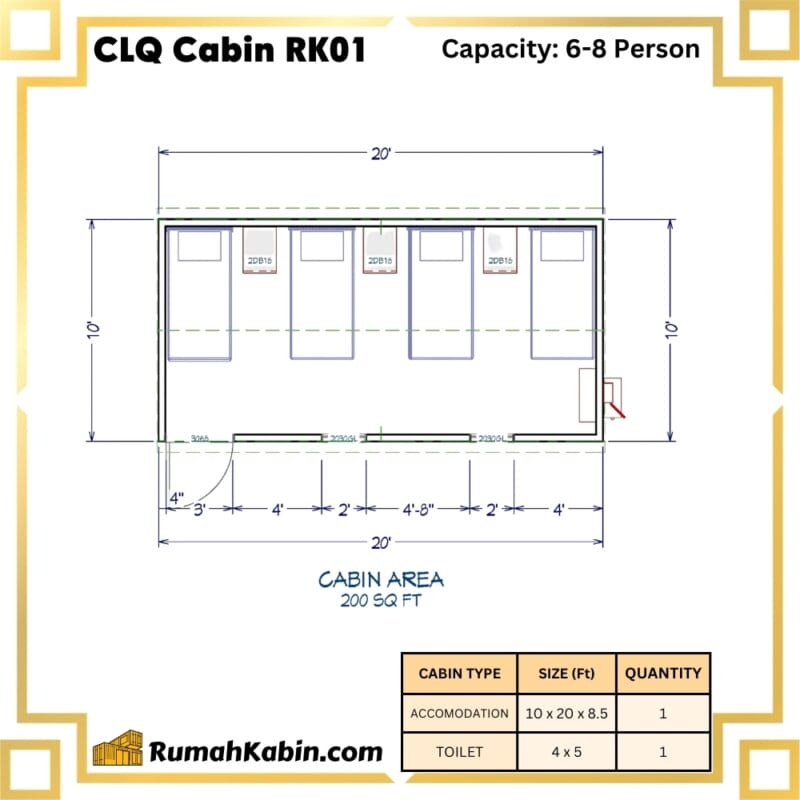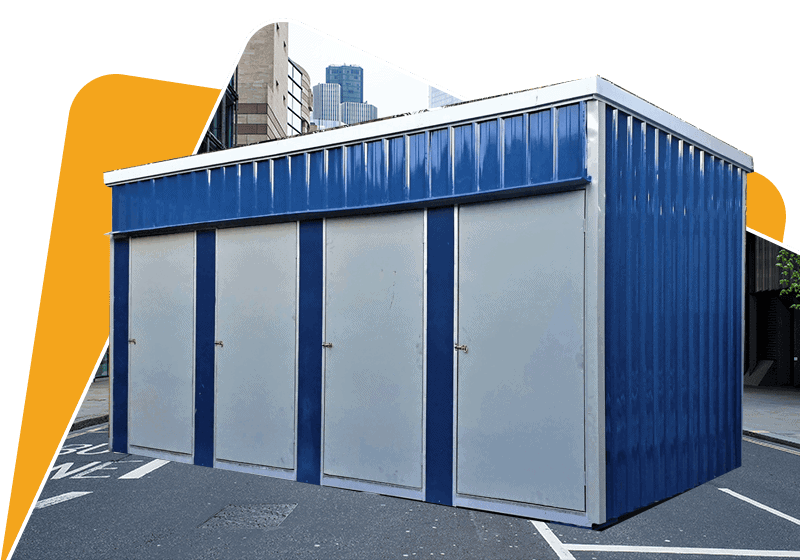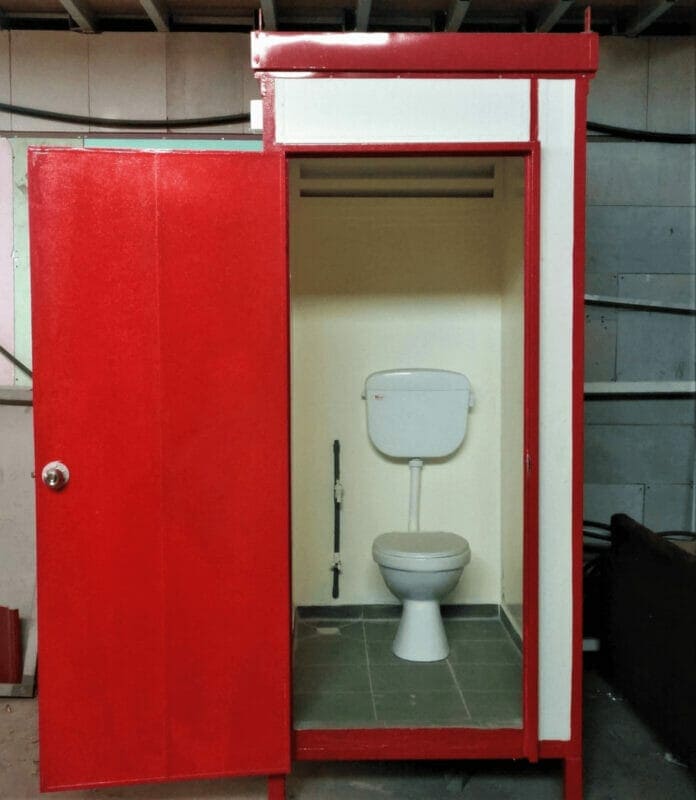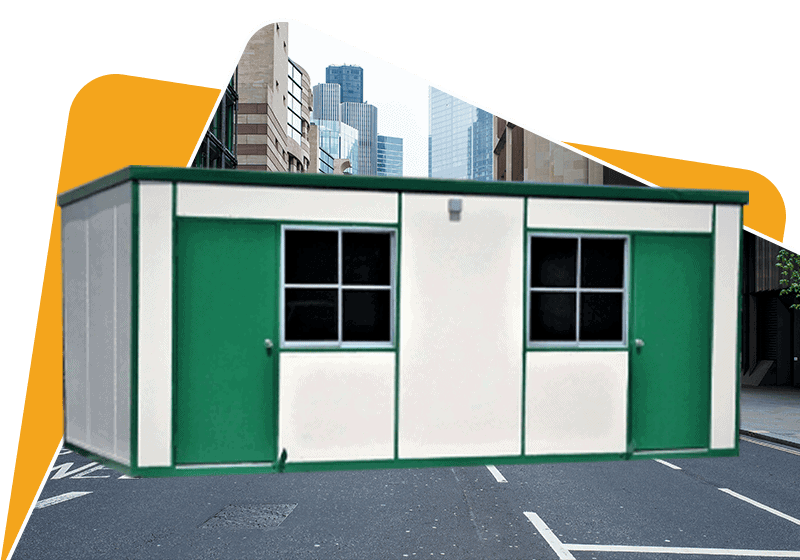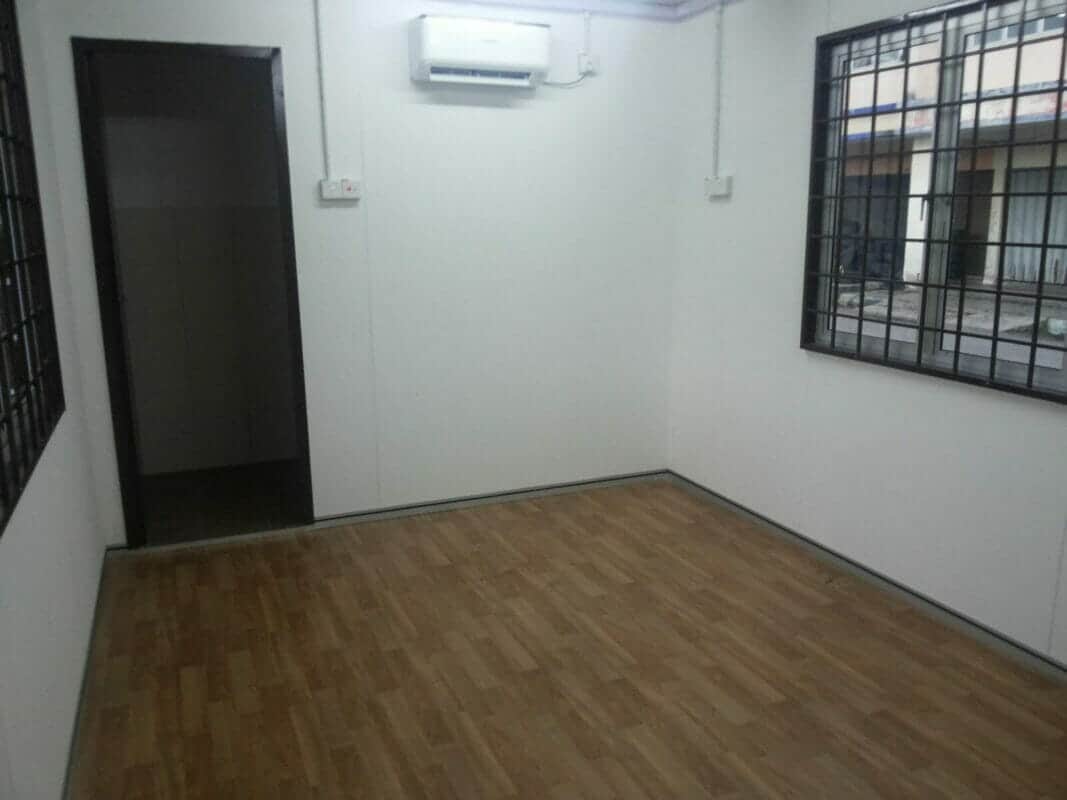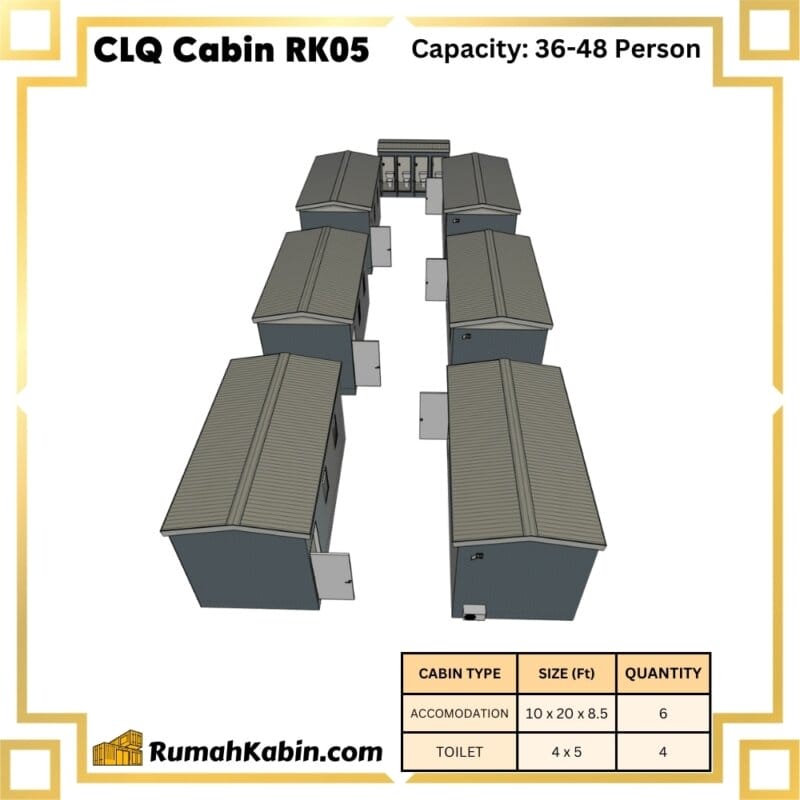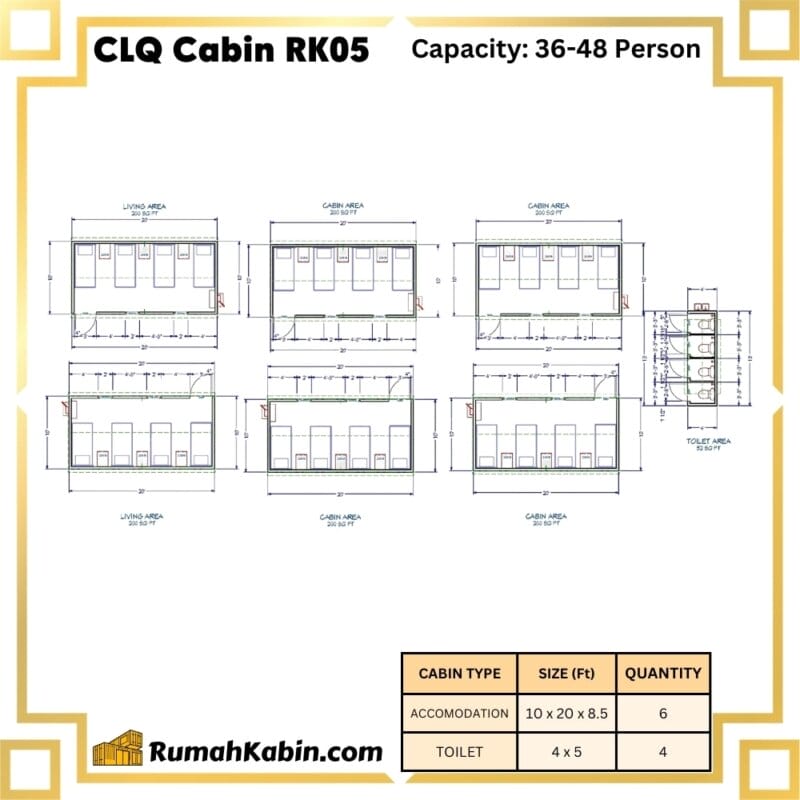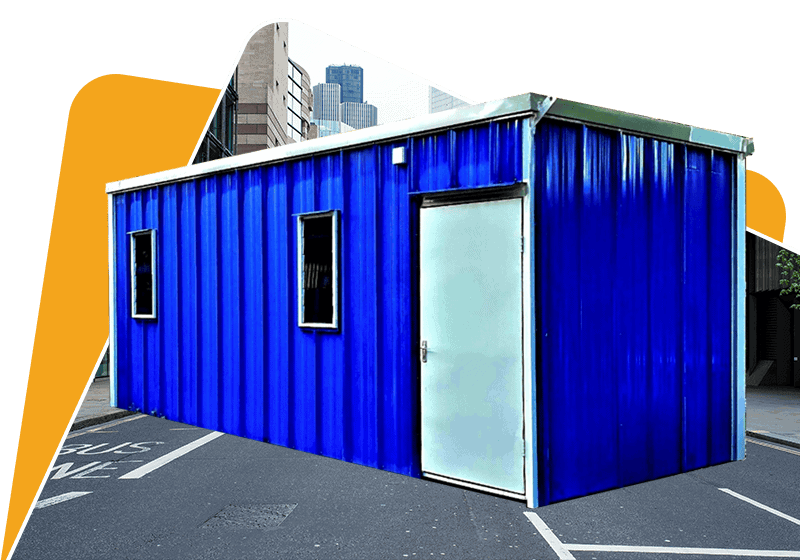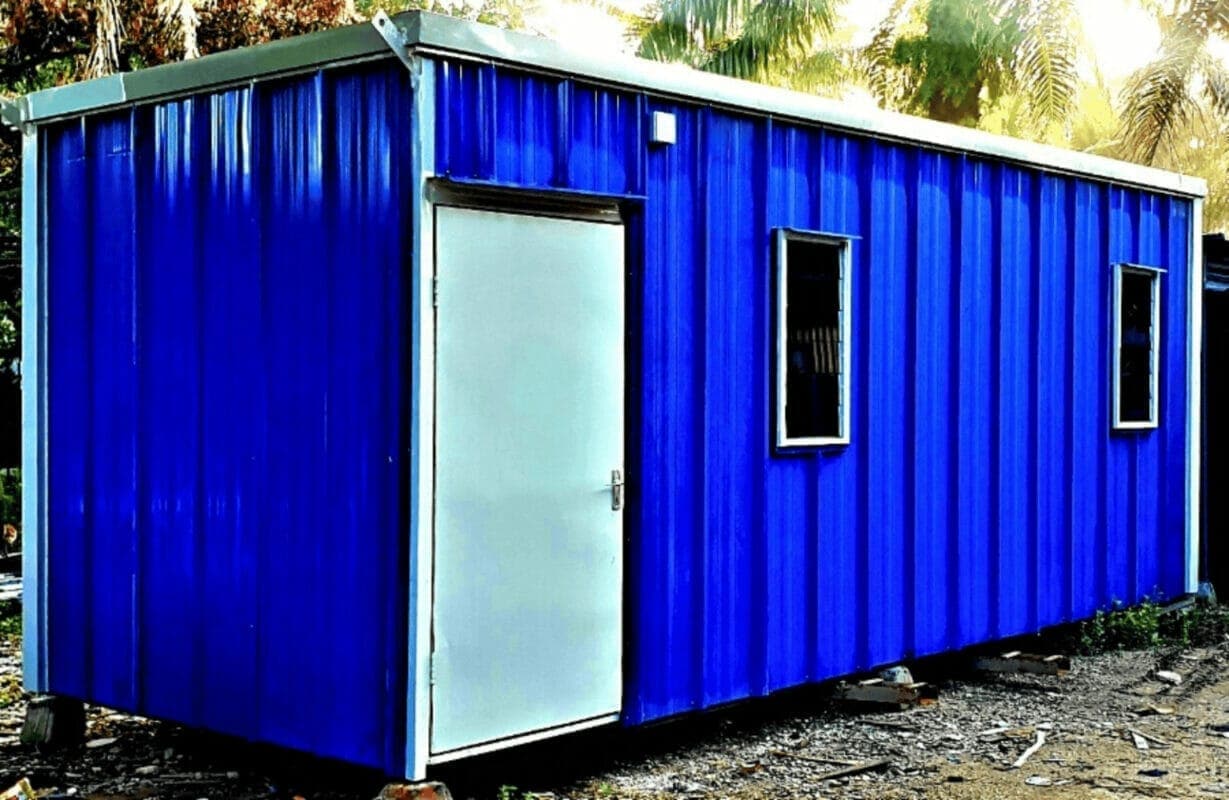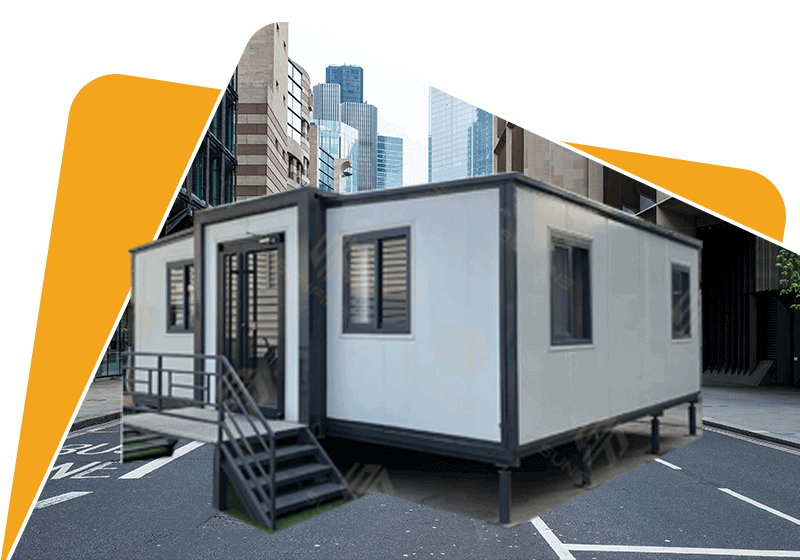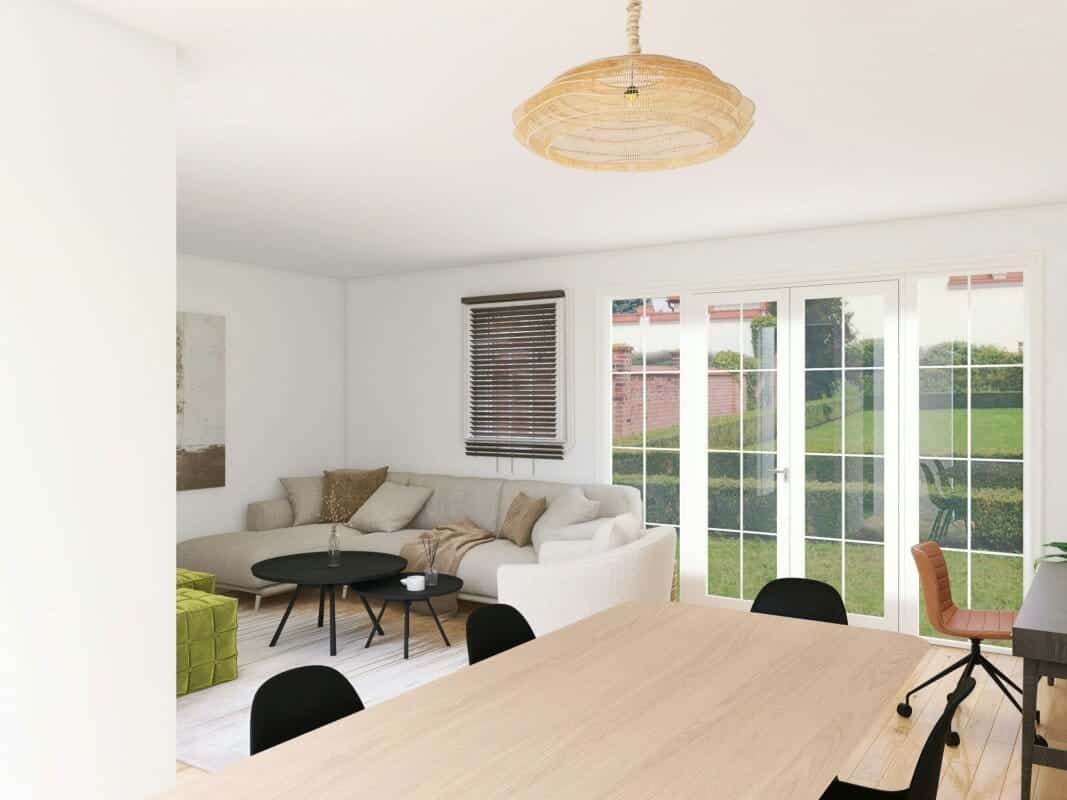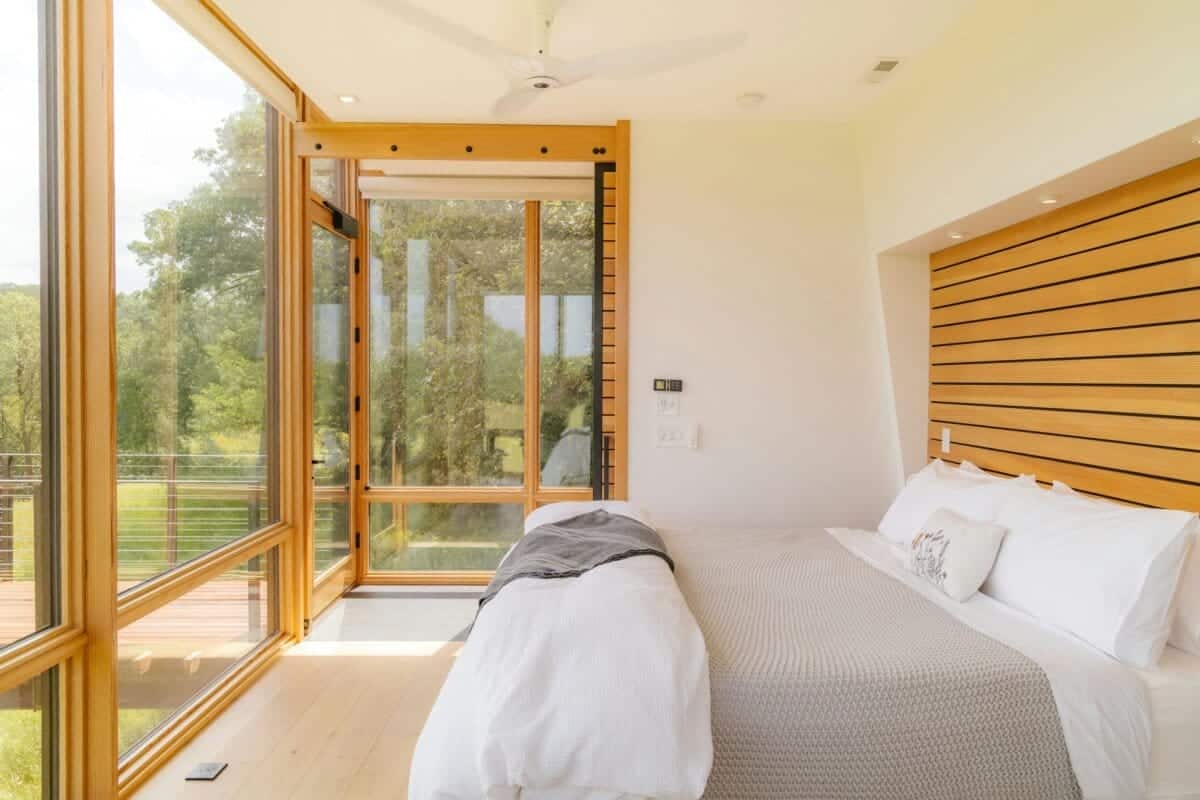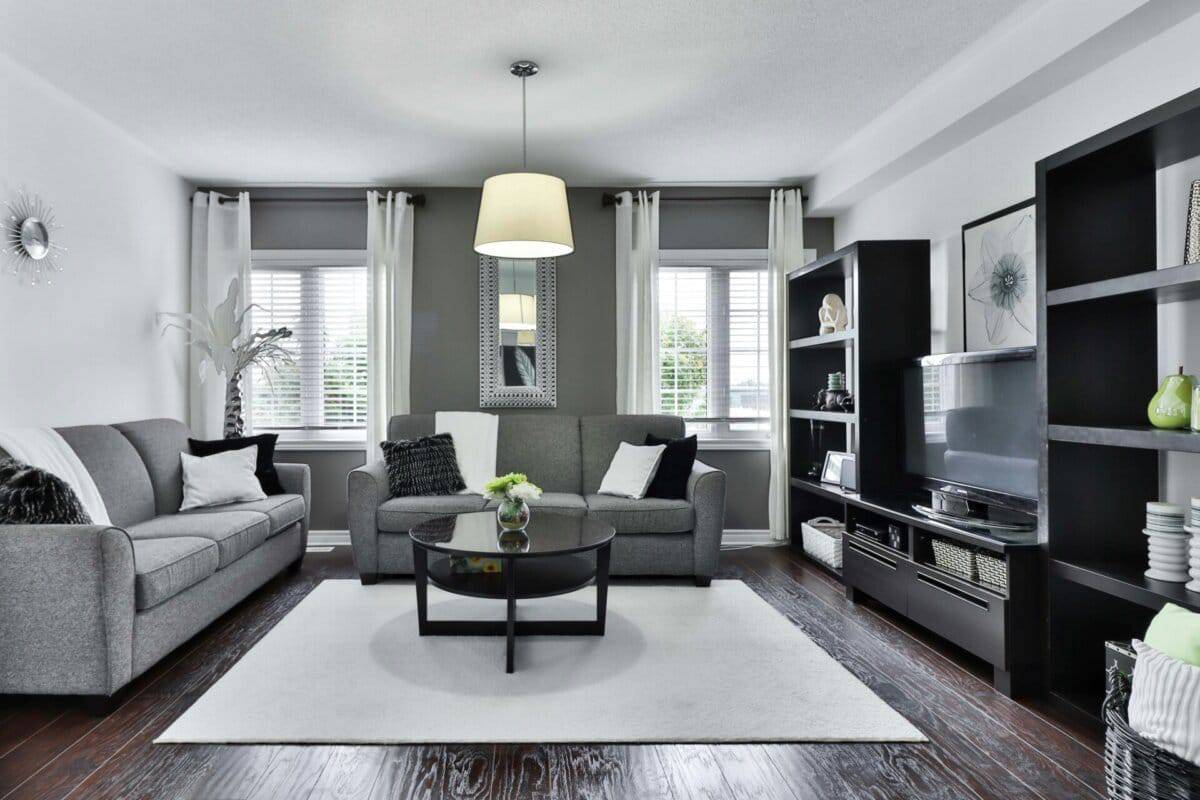
Blog
The Future of Building is Here: Advantages of IBS Construction

The Future of Building is Here: Advantages of IBS Construction
- What are the advantages of IBS construction?
- How does IBS construction improve quality and productivity?
- What are the different types of IBS systems?
- How does prefabrication in IBS construction work?
- What are the challenges in adopting IBS construction?
- How can IBS construction help the environment and sustainability?
- How does IBS construction reduce construction waste?
- What are some examples of successful IBS projects?
- How does IBS construction improve safety on site?
- How can IBS help the construction industry be future-ready?
What are the advantages of IBS construction?
Industrialised Building System (IBS) offers numerous advantages over conventional construction methods. Here are some of the key benefits:
- Better quality control – As components are prefabricated in a controlled factory setting, there is greater oversight over quality standards compared to on-site construction. This reduces defects and rework.
- Increased productivity – Prefabrication enables assembly line style production with efficient use of machinery. This results in faster project timelines, often 20-50% quicker than conventional builds.
- Cost efficiency – Factory prefabrication leads to waste minimisation, lower labour costs and fewer material requirements. Overall construction costs can be lowered by 10-20%.
- Improved sustainability – As prefabrication is done off-site, IBS reduces noise, dust and safety hazards on site. Wastage of materials is also minimised. This makes IBS an eco-friendly construction technique.
- Better coordination – With detailed BIM models and off-site fabrication, IBS allows for greater coordination between various building systems like MEP services. This averts costly on-site changes.
- Enhanced construction safety – Prefabrication shifts much of the building process to a safe factory setting. This reduces accidents and injuries associated with conventional on-site construction.
- Standardisation and scalability – Components like columns, beams, walls are mass produced using reusable moulds and automated processes. This makes projects scalable and faster to execute.
- Minimal weather disruptions – As prefabrication happens indoors unaffected by weather, project delays are greatly reduced in IBS construction. This allows for more predictable timelines.
In summary, with its versatility, quality, speed and efficiency, IBS construction enables developers and contractors to maximise value engineering for projects across many sectors. The numerous advantages make it a construction method ready for the future.
How does IBS construction improve quality and productivity?
IBS leverages prefabrication, mechanisation and automation to achieve significant gains in construction quality and productivity. Here are some ways it does so:
- Enhanced quality control – As factory prefabrication happens in a controlled setting, there is greater oversight over materials, processes and tolerances. This reduces deviations and chances of defects.
- Standardisation of components – Components like walls, slabs, columns are manufactured using standardised moulds, jigs and fabrication methods. This brings consistency and reduces errors occurring on site.
- Better supervision of works – In a factory, workers are closely supervised by engineers and supervisors. This oversight is weaker in on-site construction, leading to mistakes.
- Automated production processes – Mechanised tools like robotic arms, 3D printers allow faster production with precision end-to-end. This assures quality with minimal defects.
- Faster assembly on site – Components prefabricated at factory just need to be assembled on site, which is faster and more predictable. Conventional builds take longer with multiple steps done manually on site.
- Minimal material waste – Prefabrication allows optimised cutting and fabrication processes which generate almost zero construction waste. This prevents wastage and need for rework.
- Earlier defect detection – As most finishing works happen at the factory itself, any defects can be detected earlier and rectified. Later correction on site is costlier.
- Better coordinated MEP – Services like electrical, plumbing, fire systems can be pre-integrated with various components at the factory itself for seamless future fit-out on site.
Thus IBS construction, with its emphasis on prefabricated components produced under controlled conditions, can deliver higher quality builds in shorter timeframes. This makes it an ideal technologically advanced construction technique.
What are the different types of IBS systems?
There are several types of Industrialised Building Systems or IBS construction methods. The main ones are:
-
Pre-cast Concrete Framing, Walls and Floor Systems
- Entire concrete structural frames, walls, slabs, staircases etc are prefabricated off-site using reusable moulds, then transported and erected on site using cranes.
- Allows fast construction, plus flexibility in design of precast components.
- E.g. PC jack systems, half-slab systems
-
Steel Framing Systems
- Lightweight steel structures used for walls, frames and roofs are prefabricated in a factory and brought to site for assembly.
- Allows quick construction and adaptability in building design.
- E.g. Light Gauge Steel Framing (LGSF)
-
Prefabricated Prefinished Volumetric Construction (PPVC)
- Entire modules like bathroom pods or living room capsules are prefabricated with finishes, fixtures, fittings in a factory.
- Fully assembled modules are then installed on site to complete projects faster.
- Reduces wastage and quickens completion.
-
Mass Engineered Timber (MET)
- Prefabricated solid or laminated timber slabs, wall panels and columns fabricated off-site using IT-enabled engineering.
- Offers sustainability, low carbon construction opportunites.
- E.g. Glue Laminated Timber (Glulam)
-
Others – Panelised systems, blockwork systems, innovative new systems that allow prefabrication and standardisation.
IBS offers a wide range of construction techniques that allow for optimised, sustainable construction through the use of industrialised, systematically manufactured building components.
How does prefabrication in IBS construction work?
Here is an overview of how prefabrication enables IBS construction:
- Design and BIM modelling – The building is first designed with architectural and structural drawings. A detailed 3D BIM model is created which incorporates all elements.
- Off-site fabrication – Using the BIM model, building components like walls, slabs, modules are fabricated in a controlled factory setting using moulds, forms, jigs and automated tools.
- Quality assurance testing – The prefab components undergo rigorous QA testing at the factory to ensure they meet specifications before transport to site.
- Delivery to site – The prefabricated components are then carefully transported via trucks, trailers to the construction site.
- On-site assembly – At the site, the components are swiftly assembled and connected to form the structural framework using large cranes, jacking systems.
- MEP integration – Prefabricated ducts, pipes, conduits are integrated to connect electrical, water and HVAC services seamlessly.
- Finishing and fit-out – Final finishes, fixtures, fittings are added to complete the modular rooms, units which can then be rented/sold.
- Speedier completion – Components being pre-made in parallel off-site allows project timelines to be shortened by 20%-50% versus traditional construction.
Thus, prefabrication enables construction to be industrialised with standardised components made in factories, then rapidly assembled on-site like lego blocks. This makes the process quicker, more efficient and scalable.
What are the challenges in adopting IBS construction?
Despite its many advantages, there are some key challenges faced in adopting Industrialised Building System (IBS) construction:
- High upfront costs – IBS requires major initial investments in setting up offsite prefabrication facilities, moulds, jigs, automation tools. This poses a barrier for smaller contractors.
- Logistical complexities – Transporting large prefabricated components from factory to site requires detailed planning to manage size, weight and access issues.
- Inflexible design changes – As prefab is based on extensive pre-engineering, design changes later in the process become difficult and expensive to implement.
- Lack of skilled labour – IBS requires builders trained in specialised offsite fabrication, mechanised tools usage and prefab assembly. Such expertise is currently inadequate.
- Coordination issues – Close coordination is essential between offsite prefab teams and onsite assembly crews to avoid any mismatches or rework. This is challenging to achieve.
- Building code constraints – Local building codes and standards may need updates to permit extensive offsite fabrication and new IBS technologies. This can limit adoption.
- Conservative mindset – The construction industry tends to be averse to change and risk. Many prefer traditional practices over innovative methods like IBS.
- Limitations in scale – Although suitable for high-rise projects, IBS may be impractical for smaller residential builds, inhibiting mainstream adoption.
- Perceptions of lower quality – There is a lingering perception that prefab structures are inferior compared to cast-in-place concrete buildings.
Thus, stakeholders need to jointly address these barriers through training, policy reforms, technical assistance and supportive financing to unlock the immense potential of IBS construction.
How can IBS construction help the environment and sustainability?
Here are some of the key ways in which Industrialised Building Systems can make construction more sustainable and environment-friendly:
- Reduced material wastage – Prefabrication minimises construction waste by allowing optimised material usage and repeated use of moulds and formwork. Overall waste can be lowered by up to 90%.
- Energy efficiency – As fabrication happens in factories, IBS enables greater use of energy-efficient mechanisation and automation. This lowers the energy footprint versus labour intensive onsite works.
- Lower carbon emissions – Less material wastage and use of Green construction materials like Mass Engineered Timber inherently make IBS construction more environmentally friendly.
- Reusable and recyclable materials – Components like steel framing, glass and metallic building envelopes can be recovered and recycled at end of lifecycle, supporting the circular economy.
- Quicker project completion – Faster project timelines with IBS lead to lower emissions from construction equipment, vehicles and workforce transport.
- Safer working conditions – IBS eliminates exposure to harsh outdoor working environments and poor on-site living conditions for workers.
- Flexibility and adaptability – Prefab components allow buildings to be reconfigured or expanded to adapt to future needs. This enhances longevity and reduces rebuild.
- Better insulation and air tightness – Prefabricated wall panels and systems result in high-performance building envelopes with lower energy consumption over the lifecycle.
With its emphasis on offsite prefabrication, optimised materials use and mechanisation, IBS construction enables the built environment sector to meaningfully address sustainability goals.
How does IBS construction reduce construction waste?
IBS leverages prefabrication, standardisation and modularisation to significantly reduce construction waste in several ways:
- Fabrication in controlled environments – Components are manufactured offsite in factory conditions with minimal material losses or defects. This avoids wastage from poor storage or workmanship onsite.
- Optimised materials usage – BIM models allow design optimization and efficient allocation of materials to different prefab elements. This reduces overordering and wastage of supplies.
- Repeatable processes – Standardised moulds, jigs and automated tools are used repeatedly to manufacture identical components with minimal scrap losses.
- Just-in-time logistics – Components are delivered based on project schedules so there is no damage or decay due to long-term stocking of materials onsite.
- Lesser handling of materials – Straightforward installation of prefab elements reduces material damage, losses and mishandling vis-a-vis conventional construction.
- Low-waste advanced materials – IBS allows greater use of engineered timber, composites, metal panels which generate less scrap and waste during fabrication/assembly.
- Reusable and recyclable materials – Components like steel, glass, aluminium used in prefab can be recovered and recycled at end of life instead of demolishing structures.
- Better MEP integration – Services like ducting, piping, conduits are neatly pre-integrated into pods/modules in factories leading to less scrappage onsite.
Thus, by shifting construction processes offsite into controlled environments, IBS allows substantial reduction of raw material losses and construction debris generated. This makes it a greener building solution.
What are some examples of successful IBS projects?
Here are some noteworthy examples of successful Industrialised Building System (IBS) projects executed around the world:
- Nestle Distribution Centre, Malaysia (2008) – Massive distribution complex spanning 5.7 million sqft was built using precast columns, beams and sedimentary rock panels. It was completed in just over a year through extensive offsite prefabrication.
- Visionary School, Malaysia (2011) – This innovative school campus was constructed in under 6 months using IBS components like precast columns, composite slabs, walls and 3D bathroom pods.
- The Waterview Connection, New Zealand (2017) – 10km expressway including tunnels under waterways executed rapidly using precast segmental viaduct construction and permanent steel roof forms.
- Hanging Village of Huaxi, China (2011) – Located 46m high on a hillside, this iconic village comprises of luxury residences made completely of 1100 prefabricated modules assembled swiftly onsite.
- 56 Leonard Street, New York City (2016) – 60 storey luxury highrise utilising unitised curtain wall system delivered in pre-assembled panels for faster envelope completion.
- Brock Commons Tallwood House, Canada (2016) – 18 storey student residence built from prefabricated mass timber components. It is the tallest contemporary timber structure in the world.
- Cross Laminated Timber Slab System, Australia – Low-carbon IBS system using factory engineered solid timber slabs up to 10 metres x 3 metres, enabling highly sustainable constructions.
These landmarks demonstrate IBS construction’s immense potential for faster, superior, greener building projects across diverse sectors and geographies.
How does IBS construction improve safety on site?
Here are some of the ways in which Industrialised Building Systems enhances construction site safety versus conventional building:
- Minimised direct labour exposure – Prefabrication reduces labour needed on site, as components are made in controlled factory environments. This lowers safety risks onsite.
- Safer building materials – IBS allows greater use of engineered timber, light metal framing and other materials less prone to breakage, cuts injury versus materials like brick or concrete.
- Easier mechanical handling – Components like panels, modules can be swiftly installed using cranes and jacks with minimal manual lifting. Thus lesser chances of muscular strains.
- Open layouts on site – With prefab components, congestion is lower onsite allowing better movement, lowering risks of workers tripping or getting hit by objects.
- Reduced working at heights – Assembly from prefab elements means much less scaffolding erecting, formworking or concreting at heights, reducing fall hazards.
- Lower risks from falling objects – As finishing and integration works are done at factory level, dangers of tools, objects falling from height are minimised.
- Use of remote controlled equipment – Automated tools, robots allow some tasks to be done remotely avoiding direct human exposure to risky situations.
- Shorter duration of exposure – As projects timelines can be compressed by 20%-50%, overall worker exposure to site hazards is significantly lower.
- Better organised logistics – Just-in-time delivery systems ensure disciplined material movement with minimal chances of accidents due to cluttered access or obstructed work zones.
Thus IBS construction improves safety across planning, material handling, working at heights and mechanised operations. This is a priority benefit that makes projects genuinely sustainable.
How can IBS help the construction industry be future-ready?
Industrialised Building Systems enable the construction sector to gear up for the infrastructure demands of the future in several aspects:
- Scalability – IBS allows developers to scale up projects faster and cost-efficiently. This capability will be crucial as rapid urbanisation leads to massive housing and infrastructure needs.
- Skilled workforce – As IBS requires specialised talents in offsite fabrication, mechanisation and coordination, it prepares the industry for the future skills imperatives.
- Quality and precision – The strict process controls and automation possibilities make IBS ideal for the complexity and high performance needs of future smart buildings.
- Flexibility – The extensive prefabrication and modularity allows for reconfiguration or expansion of buildings as needs change. This builds in longevity.
- Speed – With typical 20%-50% faster timelines, IBS enables rapid project delivery vital to address exponential growth in future infrastructure gaps.
- Lean construction – Principles like just-in-time logistics, waste minimisation inherent in IBS allows creating infrastructure sustainably using optimal resources.
- Digital capabilities – IBS demands advanced digital tools like BIM, design automation and data analytics to enable optimised offsite fabrication. This drive digital transformation.
- Sustainability – Lower carbon emissions, energy efficiency, safe working conditions address the ESG imperatives that will be non-negotiable in future.
- Innovation – IBS promotes continued R&D and adoption of newer construction techniques like additive manufacturing, robotics, Metaverse applications etc. This culture of innovation will be critical going ahead.
- Collaboration – New forms of partnership between developers, fabricators, designers and policymakers are enabled by IBS. This collaboration will be the bedrock as we address complex future challenges.
- Mindset change – The systemic transformation and openness to new construction technologies brought by IBS helps shape the mindset required to meet the dynamism of the future.
Thus IBS serves as a catalyst for the construction industry to proactively transform and be equipped to address the large-scale opportunities and responsibilities that the future will present. The fundamental improvements in quality, productivity, sustainability and capabilities make IBS an essential building strategy as we advance.
Key Takeaways
- IBS construction delivers higher quality buildings in less time via offsite prefabrication and onsite assembly.
- Adopting IBS requires investments in prefab facilities, logistics and specialised skills development.
- IBS drastically reduces construction waste through optimised material usage, standardisation and mechanisation.
- IBS enables more sustainable, lower carbon construction that is safer, faster and more precise.
- For the industry to be future-ready, IBS is crucial to drive technology absorption, mindset change and collaboration.
Conclusion
Industrialised Building System construction represents an evolution that the industry needs to embrace. With its advantages around quality, efficiency, sustainability and capabilities enhancement, IBS can enable stakeholders to address the massive opportunities and responsibilities of the future. Policy reform, financing mechanisms and capacity building initiatives must provide an enabling environment and ecosystem that accelerates the adoption of advanced building technologies as IBS. The future-readiness of the built environment depends on making this transition.
Kontraktor Rumah Kabin
Rumah Kabin Murah
Rumah Kontena Vs Rumah Kabin
Rumah Kabin Pasang Siap
Senarai Harga Kabin di Malaysia
Heavy Duty Cabin
Light Duty Cabin
